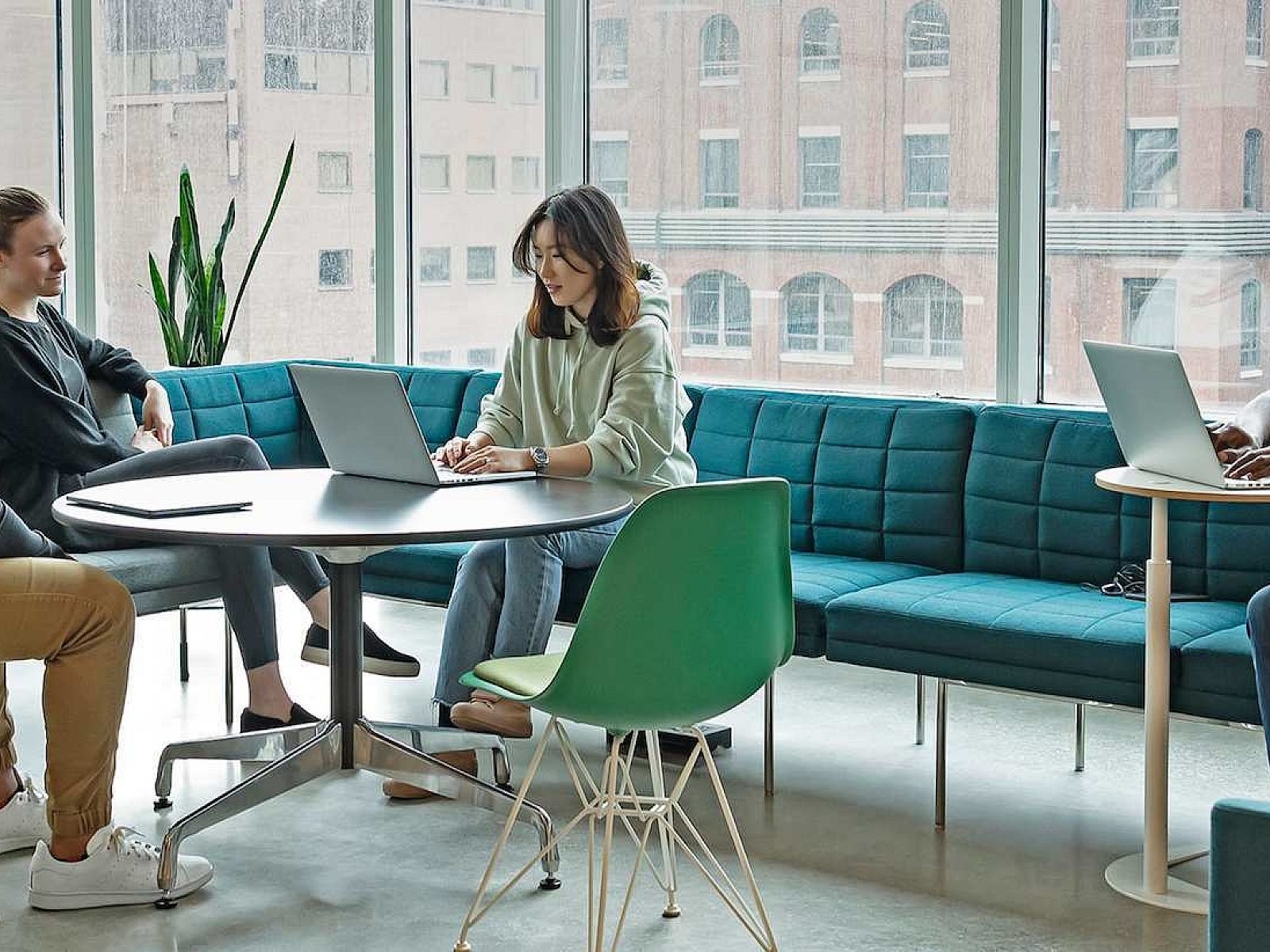Chu-Gooding on Designing for Diversity
With a focus on designing for cultural institutions that support diverse artists, Chu-Gooding has made significant contributions to the arts community. With Global Diversity Awareness month in celebration, we are proud to highlight Chu-Gooding’s work that supports both cultural diversity and neurodiversity.

The California African American Museum (CAAM), the Hammer Museum, The Huntington, and the Studio Museum in Harlem are just a few of the notable institutions where Chu-Gooding’s exhibition designs have been featured over the firm’s 26-year history. The firm’s work for artist Charles Gaines was in direct support of the artist’s inaugural exhibition (“Charles Gaines: Gridwork 1974-1989”), which helped propel him to greater visibility and success. The firm’s work for artist Charles Gaines was in direct support of the artist’s inaugural exhibition, which helped propel him to greater visibility and success. Other notable projects the firm designed include the Resources Center for the Autry Museum of the American West (a 100,000 sf collections, conservation, library facility and ceremonial garden for the First Peoples of America), and the Hammer Museum’s groundbreaking exhibition: Now Dig This!: Art and Black Los Angeles 1960-1980.
“The Hammer Museum exhibition marked the first time black artists were recognized locally in Los Angeles, so it was critical to hit the correct notes design-wise,” said Annie Chu, Principal. “Working with arts foundations that focus on diversity is fulfilling because of the audience it attracts, the impact it has and the conversations it starts. Shows like the Hammer exhibition or the Autry facility in recognition of the needs of the First Peoples are so important to ignite discussion and illuminate the many different voices in our community – thus creating more awareness and resources for both the arts and the issues faced by underserved populations.”


Chu-Gooding’s commitment to diversity extends to neurodiversity, embodied in the firm’s recently completed office space in Los Angeles.
After the pandemic, Principals Annie Chu and Rick Gooding explored the idea of an office ADU to better implement the merger of work and life many individuals became accustomed to while working from home.
“We thought the office ADU would be a good opportunity to explore and accommodate what we know about each employee’s preference for seating position, work environment and work styles. Within a small footprint of 1,200 sf, we created more types of diverse workspace and various scales of communal areas. These were simple design moves but we believe they had a big impact on how the space functions for collaboration and focus,” said Brian Leahy, Business Director.

Annie Chu shares how her work supports diversity in all avenues.
“We have had great feedback about the space and the different options for touch-down or collaborative work, such as several bright color homey couches, high back chair group and bar seating intended for informal meetings, our very versatile powered and mobile conference table, and a variety of furnished outdoor spaces,” said Annie. “We have focused on wellness in the space by monitoring VOCs and particulates, and allowing plenty of fresh air and light to flow through the layout.”
The space includes a materials library, conference room, open kitchenette, peninsula bar and a variety of spaces for different seating postures. During the design phase for the office, Chu-Gooding’s team researched post pandemic design to best support wellness, and polled employees on their individual needs. A number of ideas were implemented as a result, such as plentiful standing desks, maximized natural air and light, sensitive lighting design by Sean O’Connor Lighting, incorporated biophilia, outdoor social and work spaces, shower facility for those who bike, room for social gathering, space for overnight guests and ample area for fabrication and workshopping.
Learn more about Chu-Gooding and their many cultural projects: https://chugooding.com/
Main photo credit: Visual Voyages” exhibition at The Huntington; photographer Brian Forrest















